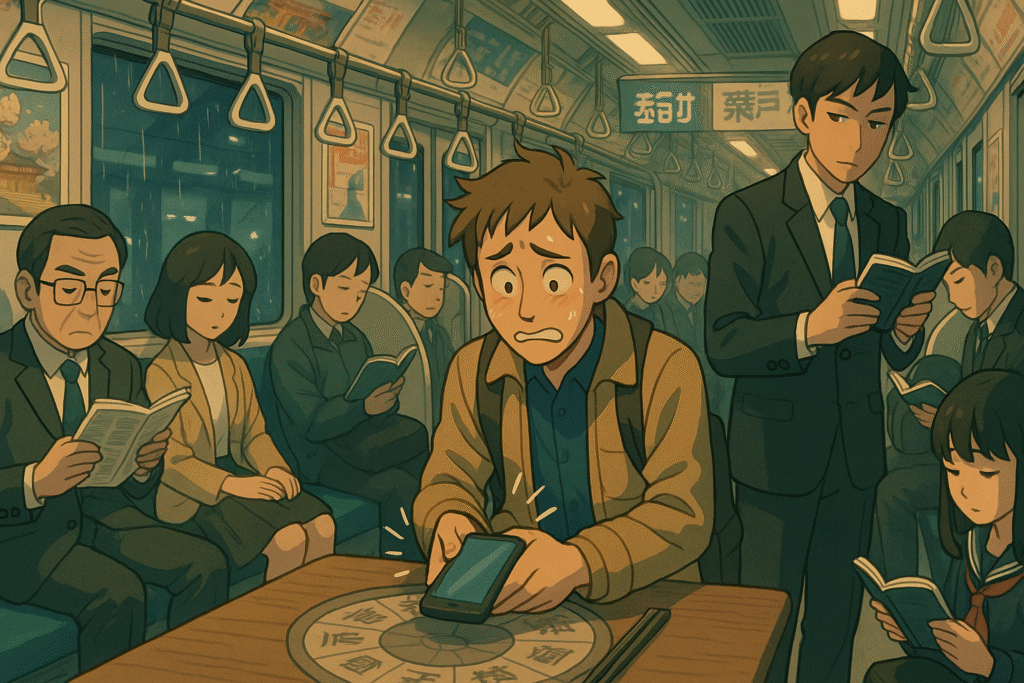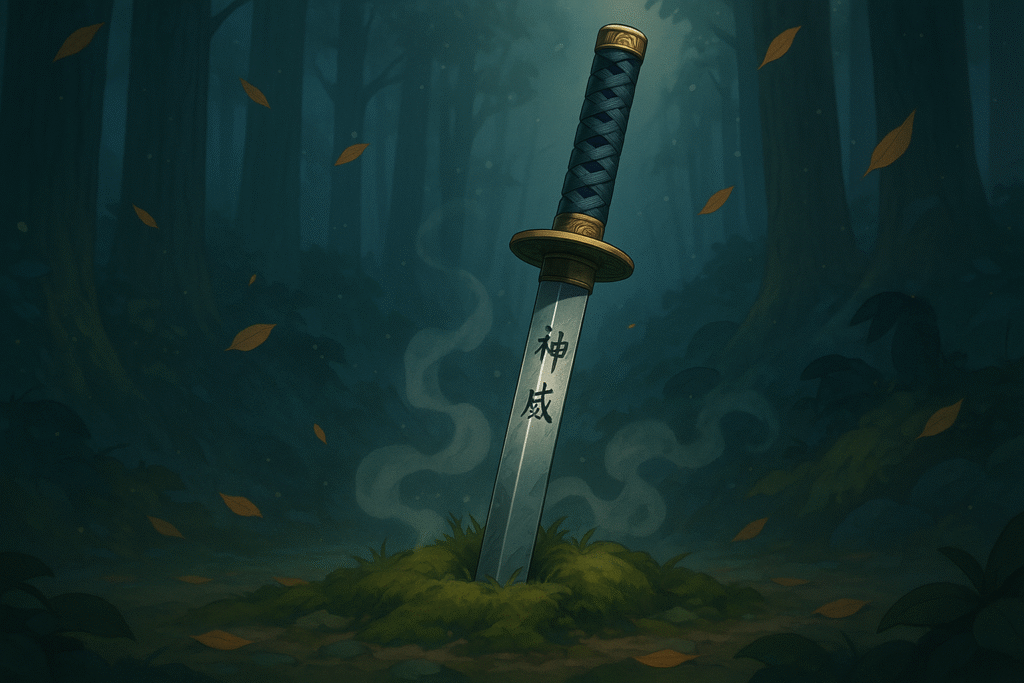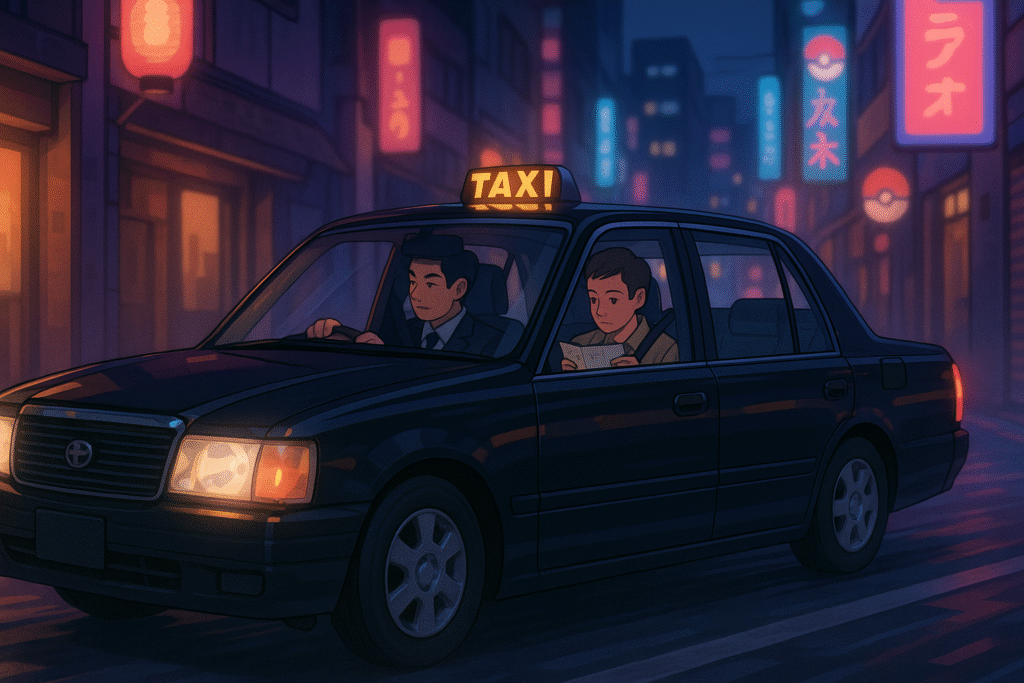Have you ever imagined your umbrella might spring to life when you’re not looking? In Japanese folklore, this whimsical notion isn’t just imagination but a fascinating supernatural belief. Umbrella yokai are among the most recognizable and charming spirits in Japan’s rich tapestry of supernatural beings. These animated parasols with their single eye and protruding tongue have captured the imagination of generations and continue to delight in modern pop culture.
What Are Umbrella Yokai?
Umbrella yokai, known in Japanese as Karakasa kozō (唐傘小僧) or Kasa obake, are supernatural beings that originate from discarded or neglected oil-paper umbrellas. According to Japanese folklore, everyday objects that reach 100 years of age can develop souls and transform into tsukumogami (付喪神) – household item spirits. Among these peculiar entities, the umbrella yokai stands out for its distinctive appearance and playful nature.
These spirits typically manifest as traditional oil-paper umbrellas with:
- A single large, blinking eye
- A long, lolling tongue
- One or two spindly legs
- Arms formed from the umbrella’s wooden handles
The Cultural Significance of Umbrella Yokai
Like many yokai in Japanese mythology, umbrella yokai serve as a bridge between the mundane and supernatural worlds. They remind us that in Japanese folklore, the boundary between living and non-living things isn’t always clear-cut.
The karakasa kozō represents the Japanese concept of mottainai (もったいない) – the sense that it’s wasteful to discard items that still have use. These creatures emerged from traditional beliefs that objects, when cherished and used for many years, gain sentience and spirit.
Behavior and Encounters with Umbrella Yokai
Unlike more malevolent spirits like the Nogitsune or fearsome beasts such as the Ushi Oni, umbrella yokai are generally harmless tricksters. Their typical behavior includes:
- Surprising unsuspecting humans by hopping out suddenly
- Delivering a startling lick with their long tongues
- Jumping around on their single leg in a comical manner
- Playing harmless pranks on passersby
While a surprise encounter with an umbrella yokai might give you a momentary fright, they’re considered among the more benign spirits in Japanese folklore. However, they shouldn’t be confused with other umbrella tsukumogami varieties that may harbor more sinister intentions.
Want to explore Japan’s culture?
Discover Japan’s rich culture, traditions, and hidden gems with our expertly crafted guides. Get insider tips on travel, food, and history. All for free!
Umbrella Yokai in Popular Culture
These charming spirits have hopped beyond traditional folklore into modern Japanese entertainment:
- They frequently appear in anime series like “GeGeGe no Kitarō” and “Yokai Watch”
- Video games often feature them as enemy characters or collectible spirits
- Their distinctive image is popular in merchandise and kawaii culture
- Artists and illustrators continue to reimagine them in contemporary styles
The enduring popularity of umbrella yokai speaks to Japan’s ability to preserve traditional folklore while adapting it for modern audiences. Much like Tanuki Yokai, these playful umbrella spirits reflect the charming side of Japanese supernatural beliefs.
Variations of Umbrella Yokai
While the karakasa kozō is the most recognized umbrella yokai, variations exist across different regions of Japan:
Hone Karakasa
A more sinister variation featuring bones as part of its structure, sometimes associated with graveyards or abandoned temples.
Kasa-bake
A regional variation with slightly different characteristics depending on the locale, sometimes depicted with multiple eyes or a more ghost-like appearance.
What makes umbrella yokai particularly interesting is how they differ from more powerful mythological beings like Genbu or Byakko, who serve as celestial guardians. Instead, these humble umbrella spirits represent the everyday magic believed to exist in ordinary Japanese life.
How to Spot an Umbrella Yokai
According to folklore, you’re most likely to encounter an umbrella yokai:
- During rainy seasons
- At twilight or dusk
- Near abandoned buildings
- In old Japanese homes with stored antique umbrellas
Some tales suggest that treating your umbrella with respect and care will prevent it from developing mischievous tendencies in its tsukumogami form.
Learning More About Japanese Folklore
If you’re fascinated by umbrella yokai and want to deepen your understanding of Japanese folklore and language, don’t miss our Learn Japanese page, where you can access free guides to help you explore the linguistic and cultural aspects of these fascinating stories.
The study of yokai offers unique insights into Japanese cultural values, historical fears, and social norms. Unlike Western ghost stories that often focus on individual hauntings, yokai tales like those of the umbrella yokai represent collective cultural consciousness and the animistic beliefs that have shaped Japanese spirituality.
FAQ About Umbrella Yokai
What is an umbrella yokai?
An umbrella yokai is a supernatural being from Japanese folklore that manifests as an animated oil-paper umbrella with one eye, a long tongue, and one or two legs.
Are umbrella yokai dangerous?
No, umbrella yokai are generally harmless tricksters who might surprise or startle humans but rarely cause any actual harm.
How old must an umbrella be to become a yokai?
Traditional belief suggests objects must reach 100 years of age before they can transform into tsukumogami spirits like umbrella yokai.
What other household items can become yokai?
Many household items can become yokai, including lanterns (chōchin obake), sandals (bakezōri), tea kettles (boroboroton), and many others.
How can I prevent my umbrella from becoming a yokai?
While mostly the stuff of legends, folklore suggests treating possessions with respect and disposing of them properly with gratitude for their service may prevent them from becoming mischievous spirits.
The next time you put away your umbrella after a rainy day, perhaps you’ll look at it a little differently, wondering if someday it might sprout an eye, stick out its tongue, and hop around on its newly formed leg. The umbrella yokai reminds us that in Japanese folklore, the magical and mundane often coexist, with the potential for wonder hiding in the most ordinary objects.
Love Japan? Stay in the Loop!
Get the best of Japan straight to your inbox: language, culture & travel insights!




